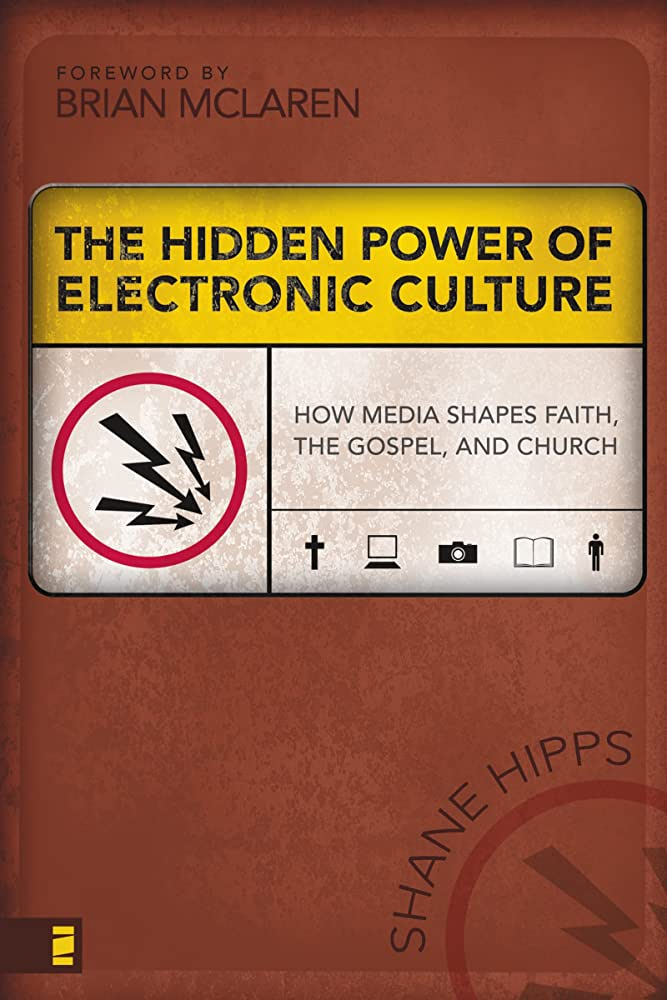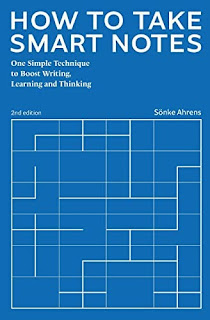The Hidden Power of Electronic Culture Book Review
“In the same way, let your light shine in people’s presence, so that they may see your good works and glorify your Father who is in heaven” (Matthew 5:16, EHV). God asks us to let others see our faith through our works, even in this post-modern world. One way to witness doing this is by posting a blog like this one for the whole internet to see.
Synopsis & Application: The book, The Hidden Power of Electronic Culture, by Shane Hipps talks about the different sides of technology as it applies to the Christian church. Hipps’ defines technology and media as new media and technology that change or replace something from the past. Hipps talks about first establishing the laws of media. Hipps phrases each of these laws as questions we should ask ourselves about media and technology:
- What does the medium extend, enhance, or amplify?
- An example of an extension would be a speaker that amplifies the human voice.
- What does the medium make obsolete?
- An example of something obsolete is a horse and carriage no longer needs to be used for transportation because the car was invented.
- What does the medium reverse into or pushed to the extreme?
- An example of a medium pushed to the extreme would be a security camera that watches every move you make The security camera is intrusive in your life.
- What does the medium retrieve from an ancient experience or medium?
- An example of retrieval is a telephone that replaces visiting and talking with people.
As we look at different media and technology, we also need to understand the world we live in. We live a society where we are moving from modernism to postmodernism. Modernism is left brained thinking with print, critical and reasoning skills, while postmodernism is right bained thinking with images, intuition and experiences. Postmodernism talks about no absolute truth, which is in direct contrast to the Bible as absolute truth. In this postmodernistic society, we can use visuals to help enhance church and school. As a church we need to use both images and print in ways that teach God’s Word to the people while not dummying the message down.
When technology started to gain popularity, the church had to compete with technology for time, attention, and teasures. This huge constraint that Hipps mentions shows how the church can change some things but we cannot waiver with the message of Scripture. We can add technology and media that helps enhance church and schools if it does not interfere or prohibit worshipping God.
Throughout comparing these different areas, Hipps is trying to get us to question why. Examples of why questions are why things are done and why do things need to change. It is especially important to make sure that what is done in church and school is being done to help everyone and not just done because of tradition or change for change sake. We need to balance both sides of brains, media, and technology. Through discussion and respectful debate, the church and school can use media and technology to help enhance worship services, teaching, and learning opportunities. All sides of the matter need to be discussed and understood by the members and leaders of the church and school. If we work toward everyone understanding and working together to spread God’s Word, we may not always agree about our problems. Still, we will understand we are all working together for God’s kingdom.
Audience: Hipps’ book would be good for church and school leaders to read. I also think that staff and faculty may enjoy this book as well. The book would be great to go through with a book club in church or as a Bible study group.
Questioning why things are done is important. If we do not have a good understanding of why things are done, we may not understand the needs that are not met and the ways we can improve our church and school technology and media. Communication and discussion helps to generate these new ideas of using technology and media. Improving areas through technology and media that need improvement also can help.




Comments
Post a Comment